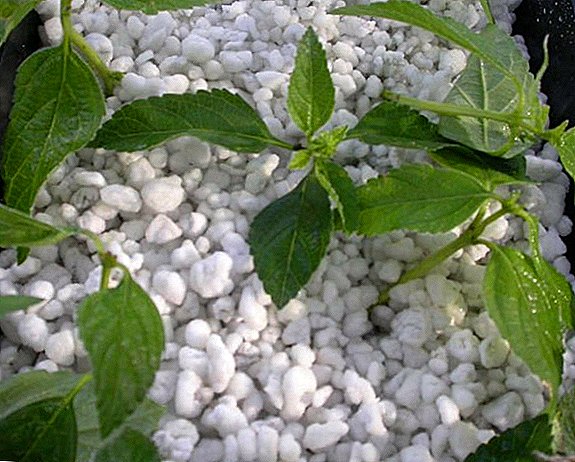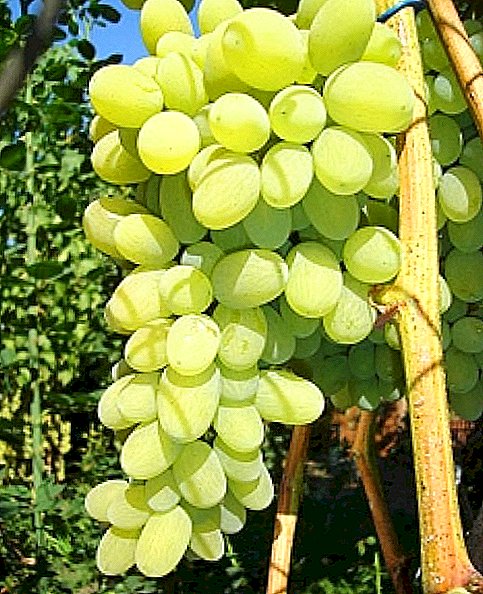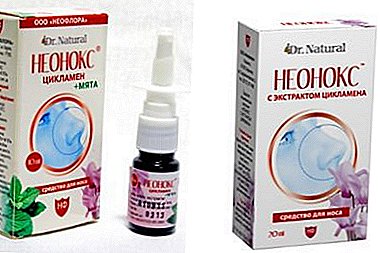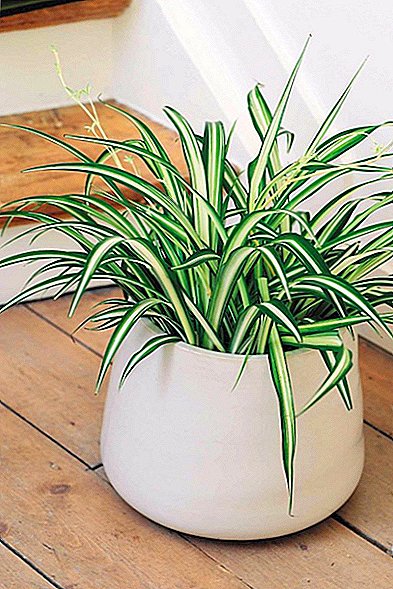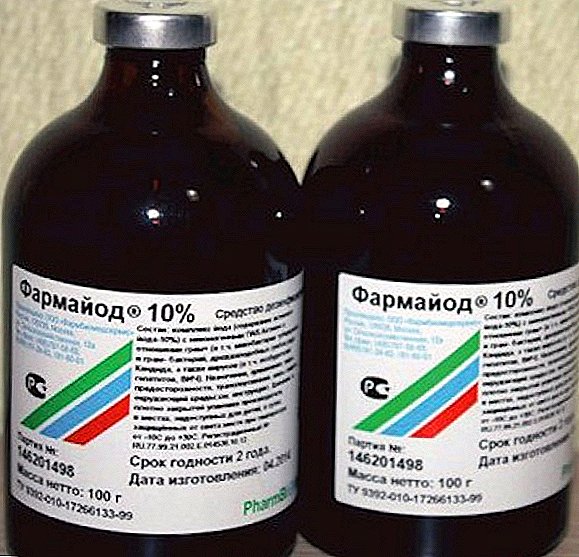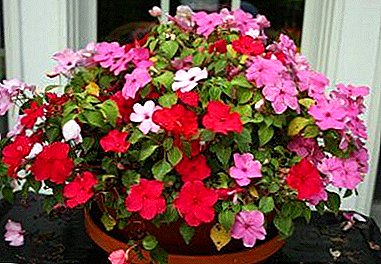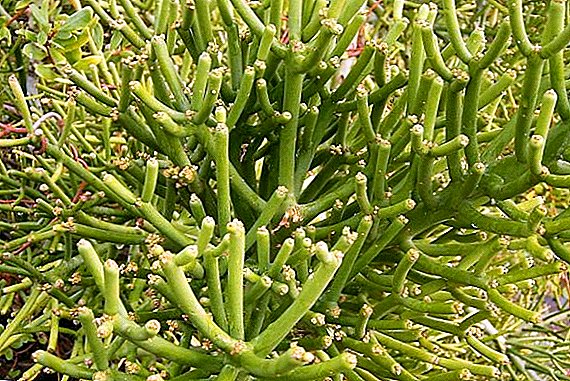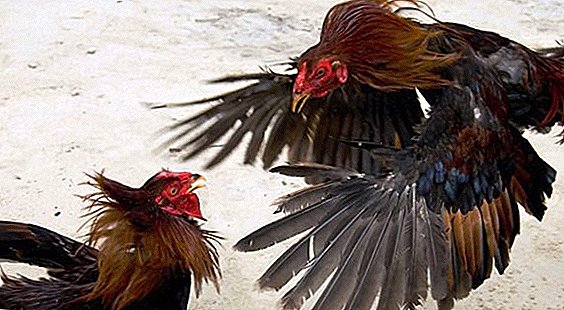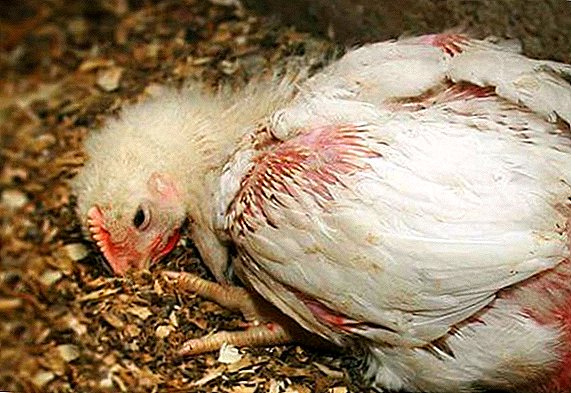 A variety of infectious diseases are one of the main problems of successful broiler breeding. With mass rearing, the bird is often affected by a number of ailments, among which coccidiosis is the most common. However, few chicken owners know exactly about the main symptoms of this dangerous disease, as well as the characteristics of its spread. Therefore, today we will examine in detail what constitutes coccidiosis, and also determine how to deal with this infection correctly.
A variety of infectious diseases are one of the main problems of successful broiler breeding. With mass rearing, the bird is often affected by a number of ailments, among which coccidiosis is the most common. However, few chicken owners know exactly about the main symptoms of this dangerous disease, as well as the characteristics of its spread. Therefore, today we will examine in detail what constitutes coccidiosis, and also determine how to deal with this infection correctly.
What is this disease
Coccidiosis is a complex infectious disease that is caused by pathogenic microorganisms from the coccidium class. They are a unicellular eukaryotic organism, parasitizing in one or several hosts.
The parasite develops exclusively intracellularly; therefore, it is not uncommon for coccidia to affect only certain parts of the organs. After reaching maturity, the parasite actively multiplies, with the result that there is a suppression of the activity of organs and entire systems.
Did you know? Coccidia were discovered in 1674 by the Dutch naturalist Anthony van Leeuwenhoek. During the study of rabbit urine, the scientist turned his attention to an unprecedented microorganism, which later became known as an oocysts.
Video: coccidiosis in chickens The reproduction of the microorganism is due to oocysts, which are deposited by the parasite in the host intestine. With feces they are brought outside, and then rapidly spread through the surrounding area. Oocysts are one of the forms of the ovum, in which the fertilized egg is divided into several spores.
Check out the best breeds of broiler chickens.
Under optimal conditions of the dispute is actively developing up to full coccidia. They have a high viability, so the environmental conditions can be maintained for about 3 months. With water or with the ingestion of dirty food, oocysts enter the digestive system of the new host, where they further grow and produce new offspring.
Among the many types of coccidia, the body of broilers are capable of striking only 11 species, of which the most dangerous are: Eimeria tenella, Eimeria maxima, Eimeria brunette, Eimeria necatricx.  It is these varieties of the parasite that are capable of massive infection of birds in large areas, as well as serious damage to their bodies. This contributes to a sharp deterioration in the agricultural value of broilers, and may also be the cause of the massive death of poultry.
It is these varieties of the parasite that are capable of massive infection of birds in large areas, as well as serious damage to their bodies. This contributes to a sharp deterioration in the agricultural value of broilers, and may also be the cause of the massive death of poultry.
Learn more about how to grow the Hubbard and ROSS-708 broiler breeds.
There are two forms of illness:
- acute - occurs as a result of the primary infection of the body and is characterized by a serious disorder in the work of organs and systems, which often manifests characteristic symptoms;
- chronic - develops on the basis of an acute infection, when part of the parasites after treatment and further remains viable in the body. In this case, coccidia do not cause any disorders, but with a decrease in immunity, they can again cause an acute infection.

Important! In chronic coccidiosis, the bird continues to excrete contaminated feces to the environment, which directly leads to infection of the entire population. Therefore, such individuals should be euthanized and disposed of according to general sanitary standards.
Why does
Coccidiosis is a form of preservation of the viability of the parasite. The microorganism is not able to develop in natural conditions, therefore only parasitizing in the organism of more developed creatures is the only condition for the preservation of the species.
It will be useful for you to learn how to feed broiler chickens correctly, why broilers chickens die, what to do if broilers sneeze and wheeze, and also how to treat non-infectious diseases of broilers.
The main reason for the development of the disease is the use of food or water contaminated by oocysts. Infection of food and water can occur in several ways.
Often this happens when sanitary norms are not followed during the feeding of poultry, as well as general recommendations for keeping farm animals. In addition, coccidiosis is a consequence of low immunity of broilers.  That is why most often this disease occurs in young animals at the age of 2-6 weeks. In this case, the infection is a natural condition for the formation of immunity against the parasite, but without timely treatment, it can lead to the death of chickens.
That is why most often this disease occurs in young animals at the age of 2-6 weeks. In this case, the infection is a natural condition for the formation of immunity against the parasite, but without timely treatment, it can lead to the death of chickens.
Important! Most often, coccidiosis occurs in mid-spring or early summer, so during this period special attention should be paid to the sanitary condition of the chicken coop, food and water.
Signs of infection
The first signs of infection of the body of broilers come within 2-3 days after the ingress of oocysts into the digestive tract. The active development of the parasite leads to the appearance on the intestinal walls and digestive organs of ulcerative erosion and point inflammation. This leads to:
- reduced appetite in birds;
- apathetic state and complete indifference to the world;
- the occurrence of uncharacteristic thirst;
- swelling of goiter.

However, in the early stages of infection, the illness often goes unnoticed. The general signs of infection of broilers are rather blurred and ambiguous, since at this stage the immune system actively fights the infection and resists coccidia. After 1-2 weeks, the parasite is actively implanted in the tissue of the organs, which undoubtedly leads to more serious consequences.
At this stage, the broilers observed:
- untidy appearance and tousledness;
- severe diarrhea, often with bloody discharge and foam;
- sharp weight loss;
- growth inhibition and development (in chickens);
- paralysis of the limbs.
 Diseased Internals
Diseased InternalsFirst of all it is:
- swollen intestines, filled with liquid, foul-smelling discharge with a strong odor;
- enlarged liver, with characteristic spots all over its surface;
- red dots on the feces, which is preserved inside the intestines of the bird;
- bluish tint of the skin.
How to treat coccidiosis in broilers
Today there is a mass of all kinds of treatments for coccidiosis. Among them are distinguished as officially recognized techniques, and less well-known folk methods.
We recommend reading about how to cure coccidiosis in poultry.
Video: treatment of coccidiosis in chickens
But, not every one of them is distinguished by high efficiency, therefore, below we will consider exclusively the existing methods of dealing with coccidia in broilers.
Veterinary drugs
For the treatment of this disease provides a range of all kinds of drugs. However, not all of them are successfully used in veterinary practice.
In order to qualitatively overcome parasitic invasion, your attention should be stopped on the following drugs:
- "Avatek" - agent from the group of ionophore antibiotics. After entering the body components "Avateka" violate the transport of ions in the body of coccidia, which leads to their imminent death. The drug is administered orally to broilers, adding to the food with the calculation of 50 g / 100 kg of feed.
Did you know? The domestication of the chicken occurred in the 6th-8th millennia BC. on the territory of modern China and Southeast Asia. Thus, this bird is one of the oldest farm animals.
A mixture of "Avateka" chickens are fed throughout the day, until the complete disappearance of all symptoms of the disease. For prophylactic purposes, the tool is used as a daily bait until chicks reach 4 months of age;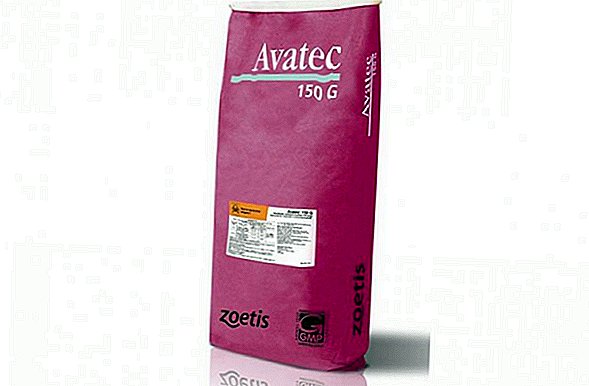
- Baycox - a veterinary drug, the main action of which is aimed at disrupting the respiratory metabolism of the parasite at any stages of coccidia development, which leads to its death. The tool is introduced into the body of the bird orally, along with drinking water. To do this, 1 ml of the drug must be diluted in 1 liter of drinking water. The resulting solution is used as the main drinking water for 2 days.
We advise you to read about how to use the drug "Baikoks" for chickens and adult birds.
If the disease is severe, the therapy should be repeated after 5 days. For prophylactic purposes, the drug is used in periodic courses for 2 days. To increase the effectiveness of "Baikos" in the diet of poultry it is necessary to include a tonic vitamin complex.
- "Koktsiprodin" - a veterinary agent that contributes to the inhibition of the parasite, regardless of its life form and stage of development. The tool causes a violation of the parasite's metabolism, which leads to its death. For the prevention and treatment of coccidiosis, the drug is administered orally with drinking water. To do this, 10 ml of "Koktsiprodina" diluted in 10 liters of water, then completely replace the solution with drinking water. The duration of treatment is 2-5 days, depending on the severity of the disease. For prophylactic purposes, the solution "Koktsiprodina" is used for 2 days.

Important! Before starting any anti-coccidial therapy It is imperative to consult with an experienced veterinarian, otherwise it may have a detrimental effect on the health of broilers and their agricultural value.
Alternatively, you can use any other analogue of the above drugs, but this tool does not have to:
- accumulate in the body of broilers;
- addictive;
- have a toxic effect or side effects;
- change the taste of water or feed (with oral input).
Folk remedies
No less effective are the popular methods of dealing with coccidiosis. It is possible to cure ailment with the help of common nettle. This plant contains many beneficial substances for the bird.  Harvest the plant in the summer, from June to September. Nettles are used as bait, both raw and dried. The dried mass is ground in a coffee grinder to a state of powder and added to the main feed.
Harvest the plant in the summer, from June to September. Nettles are used as bait, both raw and dried. The dried mass is ground in a coffee grinder to a state of powder and added to the main feed.
High efficiency also differs in such a simple and known to us all antiseptic as iodine. From iodine, 0.01% aqueous solutions are prepared, which are given orally to chickens before morning feeding. Chicks up to 1.5 months are given 2 ml of solution, individuals from 1.5-2 months and older than 5 ml.
The general course of therapy is 7-10 days. Iodine can be replaced by Levomitsetin, which is sold in almost any zooopteke. It is mixed into the food of birds 2-3 times a day for 7 days at the rate of 30-50 mg / kg of weight.
Excellently proven to popular veterinarians and the so-called blue iodine or iodinol. The drug is a complex antibiotic and antiseptic used to treat a complex of ailments.  To combat coccidiosis use aqueous solutions of iodinol in the ratio of 1: 0.5 of water. Broilers up to 1 month are shown to use 0.5 ml of the solution 3 times a day, more adult individuals are given 1 ml 3 times a day. The general course of therapy is no more than 7 days.
To combat coccidiosis use aqueous solutions of iodinol in the ratio of 1: 0.5 of water. Broilers up to 1 month are shown to use 0.5 ml of the solution 3 times a day, more adult individuals are given 1 ml 3 times a day. The general course of therapy is no more than 7 days.
Did you know? Domestic chickens are one of the most common creatures on Earth, today their number is about 20 billion individuals.
Prevention
Despite the existence of many methods and approaches to the treatment of coccidiosis, the most effective way to combat severe infection is correct and timely prevention. Only this measure is able to preserve the health of birds in complete immunity, as well as to protect the farmer from all sorts of losses.  Therefore, in order to give an infection and a chance to defeat broilers, the following recommendations should be followed:
Therefore, in order to give an infection and a chance to defeat broilers, the following recommendations should be followed:
- the hen house should always be clean and dry;
- as feed for broilers should be used only high-quality and proven feed, as well as filtered water;
- periodically the coop must be thoroughly disinfected; for this, the walls, the floor and all non-combustible objects are burned with an open flame using a blowtorch;
- if sick individuals are found in the hen house, they must be isolated from the whole livestock;
- Fortifying vitamins should be necessarily included in the diet of broilers;
- It is imperative for the bird to carry out preventive anti-coccid procedures using high-quality veterinary drugs.
It will be helpful for you to read about how to choose the right chicken coop when buying, how to make a cage for broiler chickens, and also how best to heat the chicken coop in winter.

Coccidiosis is a serious disease that many farmers face. Therefore, at the first signs of illness should not hesitate and seek help from experienced veterinarians as soon as possible.
Despite the existence of many therapeutic courses to combat infection, the best way to overcome the disease is still high-quality prevention. Only this measure can provide broilers with good health and strong immunity.
Reviews from the network







